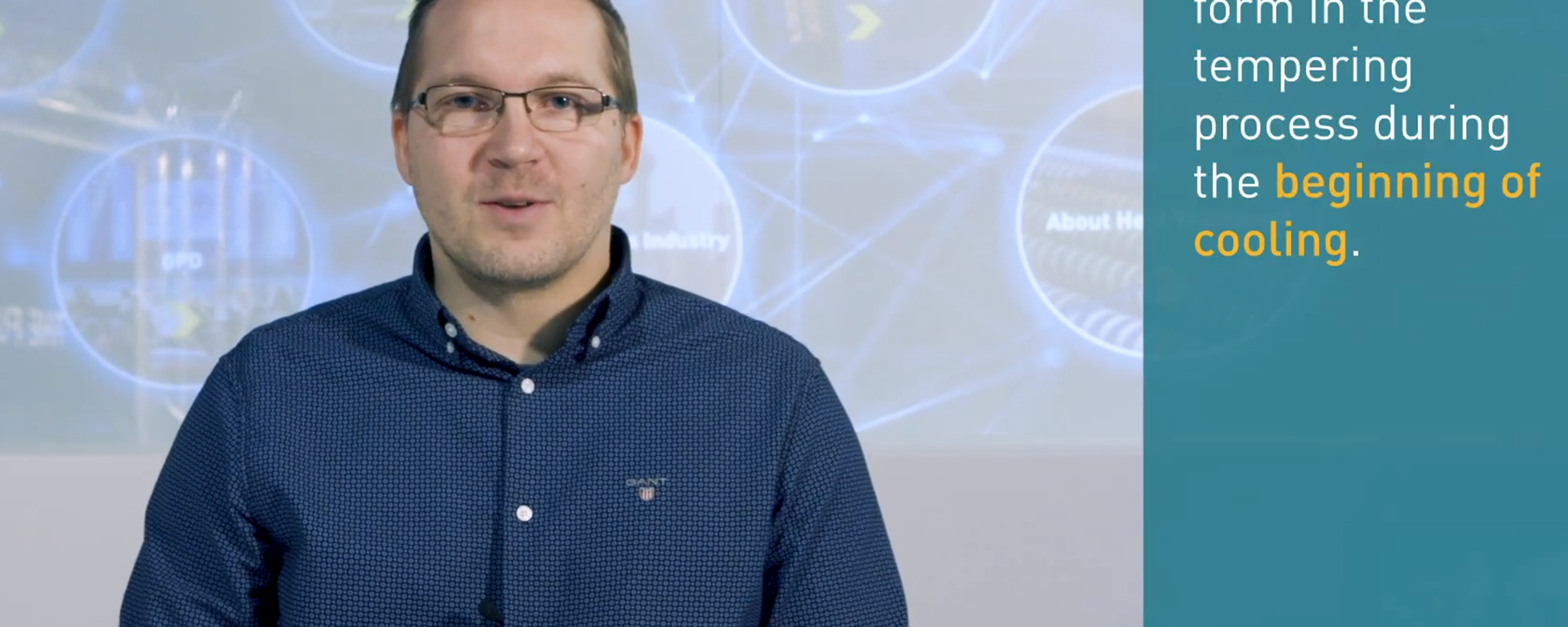
Today, let us cover two topics that are in a way related to the heat soak tests:
The cracks that you mention are the small cracks that can appear in the tempering or heat-strengthening process during the beginning of the cooling. Those cracks are hard to see after the process and it may be easier to see them with the anisotropy pattern.
The reason why those appear is that at the beginning of the cooling, you have a pretty high cooling rate. And it is a locally depending cooling rate, so you can get very high tensile stresses in the surface area. And then the small cracks are starting to grow bigger. But because at that point, the core of the glass is still soft at high temperature, therefore those cracks do not grow in the center of the glass or the middle area of the glass.
Later in the cooling process, when you get the stress profile, the surface area may have these cracks. These are on the compressive stress, and that is why they do not grow. In the end, however, they will make the glass weaker because any cracks are making the glass weaker for bending or other external forces.
Speaking about why it is possible that the glass with the cracks is coming out complete after the HST, this is because the test does not cause any high thermal stresses or other external loads that can provoke too high tensile stresses on the crack area.
In order to avoid this kind of problem, you can increase the glass temperature or lower the heat transfer during cooling. Also, you can simply take the furnace nozzles a little bit away from the glass surface to make the heat transfer more uniform over the glass area. This will allow you to avoid high local heat transfer and high locale tensile stress during the cooling process.
It is possible that the glass is not cooled down symmetrically. And because of these temperature profiles inside the glass, the glasses are bent when they come out after the test. But after some time, when the glasses are cooled down evenly, they will become flat again.
Sign up for Glastory newsletter
We answer your questions about glass processing. Let us know your challenges and we promise to do our best to help you.
Comments are closed.